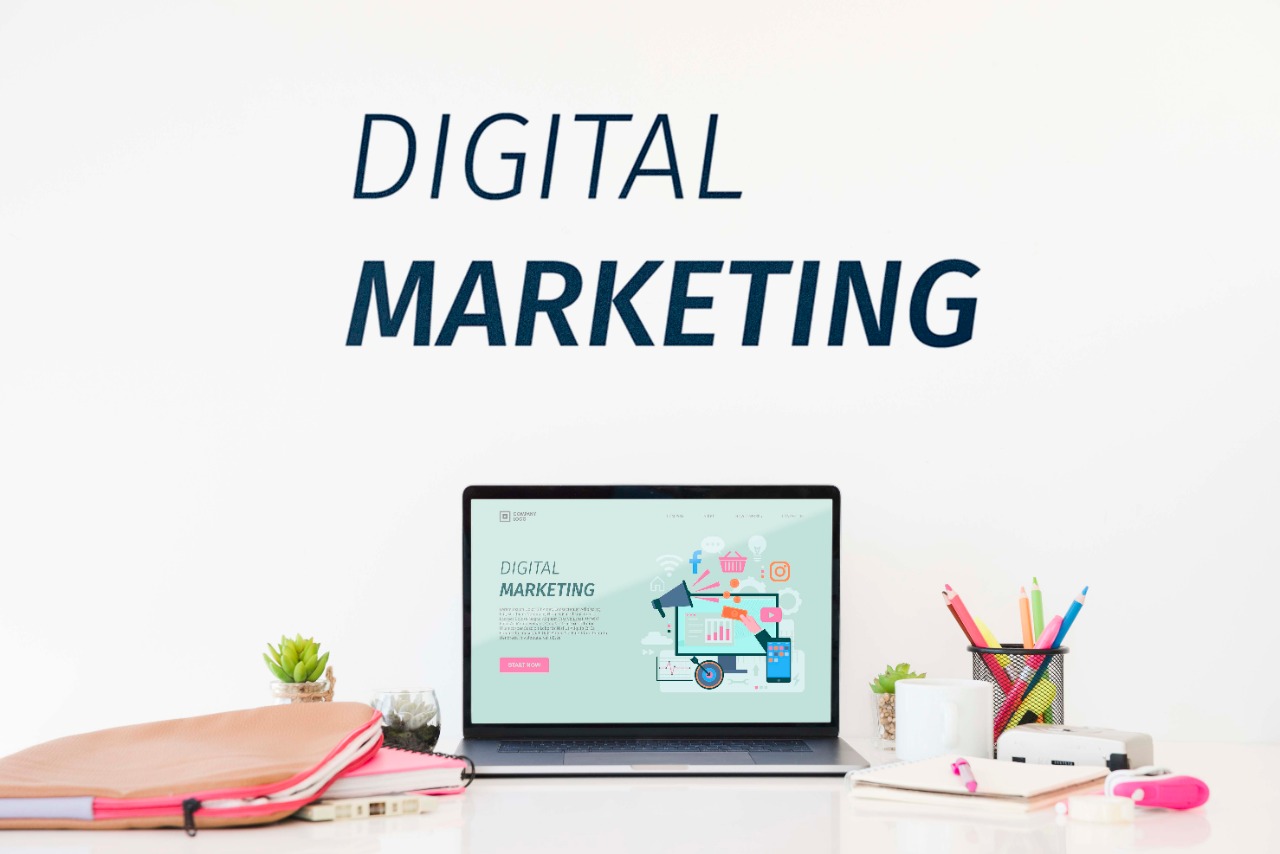Selling Your Digital Art A Beginner’s Guide

Choosing Your Platform
The internet offers a plethora of platforms for selling digital art, each with its own strengths and weaknesses. Etsy is a great starting point if you’re already familiar with it, offering a built-in audience and relatively straightforward setup. However, its fees can be higher than other platforms. DeviantArt, a long-standing community for artists, provides a good mix of exposure and sales opportunities. For a more direct-to-consumer approach, consider creating your own website using platforms like Shopify or Squarespace, which gives you more control over branding and fees, but requires more technical expertise and marketing effort. Instagram and other social media platforms can be fantastic for showcasing your work and driving traffic to your main sales platform, but selling directly through these channels often comes with limitations.
Understanding Your Pricing Strategy
Figuring out how to price your digital art can be tricky. Consider your experience level, the time invested in creating the piece, the complexity of the artwork, and the size and resolution of the file. Research what similar artists are charging for comparable pieces. Don’t undervalue your work! Starting with a slightly higher price and then gradually adjusting based on sales data is a good approach. Remember to factor in platform fees and any additional expenses, such as marketing or website hosting.
![]()
Creating High-Quality Images for Sale
The visual presentation of your art is crucial. Invest time in creating high-resolution images that accurately represent your work. Use a neutral background to avoid distractions and ensure the artwork is the focal point. Experiment with different file formats (like JPG, PNG, and even vector formats like SVG if appropriate) to cater to diverse customer needs. Providing multiple sizes (e.g., social media-sized previews and high-resolution files for printing) can significantly enhance your sales potential. Consider using watermarking to protect your artwork from unauthorized use before the sale is complete.
Writing Compelling Product Descriptions
Don’t underestimate the power of a good product description! Go beyond just the title. Describe your creative process, the inspiration behind the piece, and any unique details or techniques used. Use keywords that people might search for when looking for art like yours. Mention the file format, size, and resolution. Highlight any licensing information (e.g., personal use only, commercial use permitted). A well-written description can significantly influence buyer decisions, turning a potential viewer into a customer.
Handling Customer Service and Orders
Excellent customer service is paramount. Respond promptly to inquiries, address concerns efficiently, and provide clear instructions for downloading and using the digital art. Setting clear expectations about delivery time and acceptable file formats prevents misunderstandings. Offer various payment options (e.g., PayPal, Stripe) for buyer convenience. Maintaining a professional and friendly demeanor will foster positive reviews and build trust with your customers, leading to repeat business and positive word-of-mouth referrals.
Marketing Your Digital Art
Simply listing your art isn’t enough. Active marketing is key to generating sales. Utilize social media platforms like Instagram, Pinterest, and Twitter to showcase your work and engage with potential buyers. Consider running targeted ads on these platforms to reach a wider audience. Participate in online art communities and forums to connect with other artists and potential clients. Collaborate with other artists or influencers for cross-promotion. Consistent effort and strategic marketing will significantly increase your visibility and sales.
Protecting Your Intellectual Property
Protecting your digital art from unauthorized use is crucial. Clearly state the terms of use and licensing agreements in your product descriptions. Understand copyright laws and how they apply to your work. Consider registering your copyright to provide additional legal protection. Watermarking your images is a proactive step, although it’s not a foolproof solution against determined infringement. While it’s impossible to completely prevent all unauthorized use, taking these steps reduces the likelihood and offers a recourse should it occur.
Staying Organized and Tracking Your Sales
Keeping track of your inventory, sales, expenses, and customer interactions is essential for managing your business effectively. Use spreadsheets, accounting software, or dedicated platform tools to track your finances. Organize your digital art files in a structured way to ensure easy access when fulfilling orders. Regularly reviewing your sales data helps identify popular artwork, pricing strategies that work best, and areas needing improvement. This data-driven approach will help you refine your business strategies and boost your overall success.
Expanding Your Skills and Offerings
Continuous improvement is vital in any creative field. Regularly practice and explore new techniques to enhance your artistic skills. Consider expanding your product offerings to include a wider variety of art styles or formats. Offer custom commissions to cater to individual client needs. Always be learning and adapting to the evolving trends and demands within the digital art market, allowing your artistic journey and your business to thrive. Click here about digital art business








